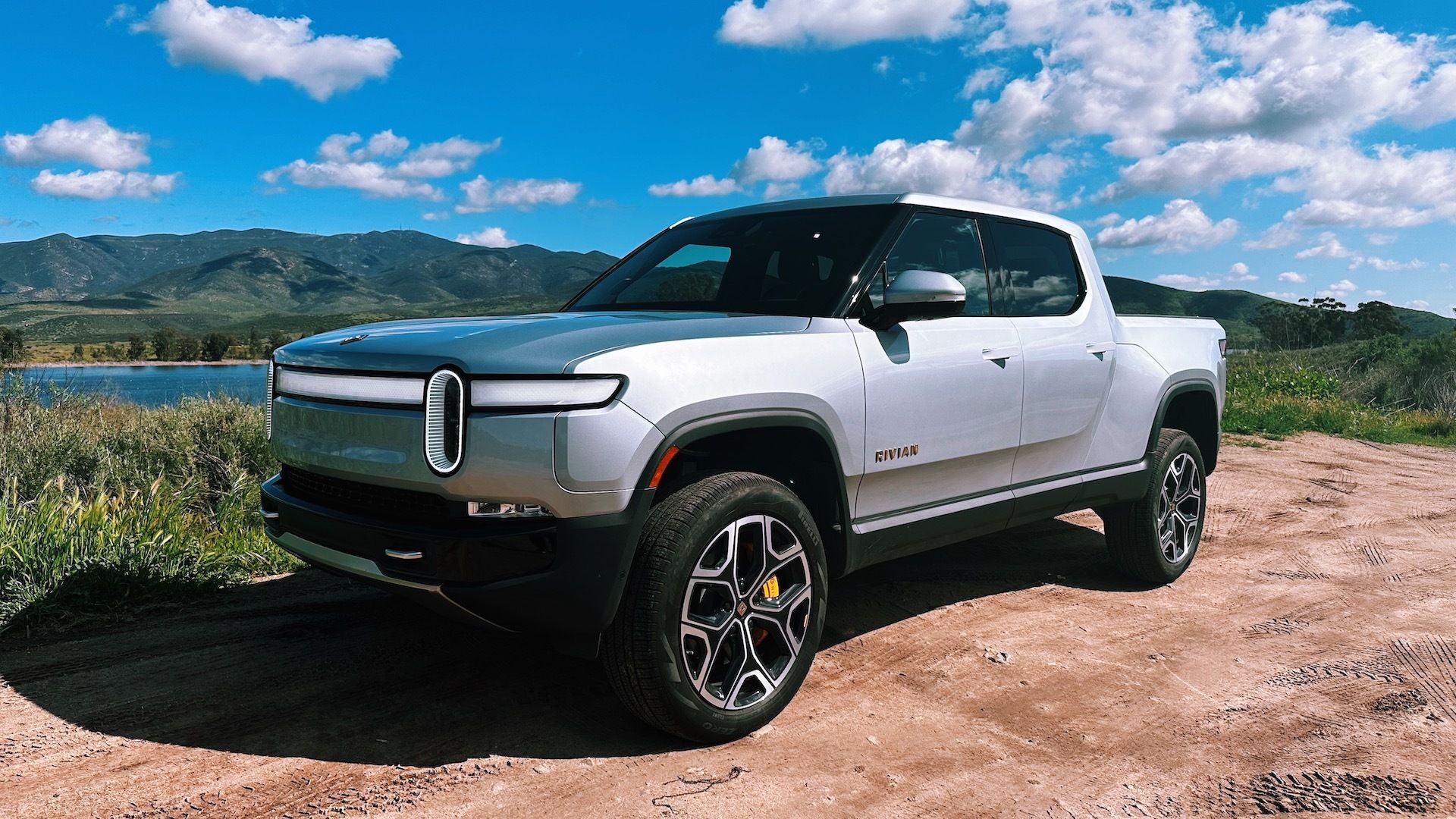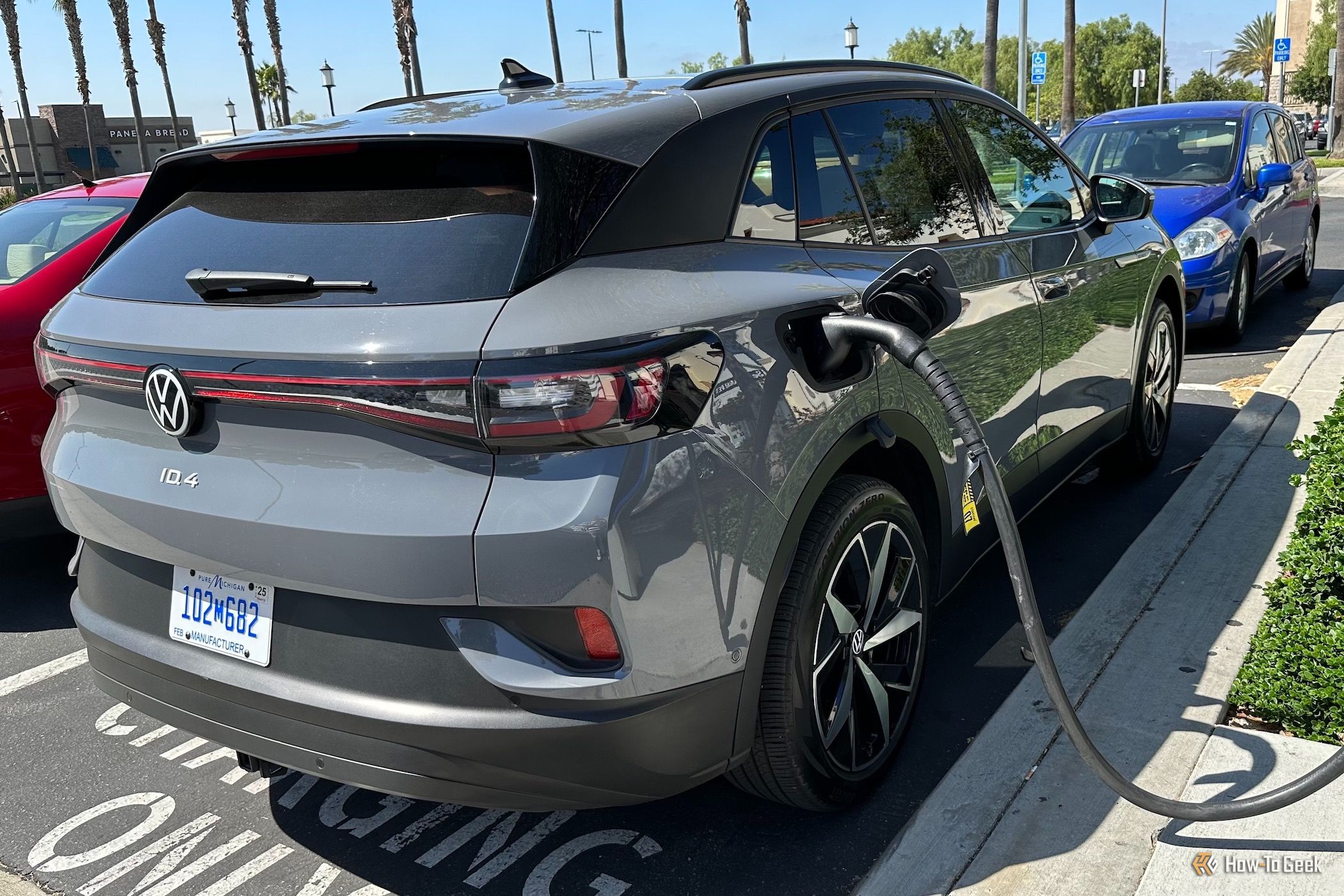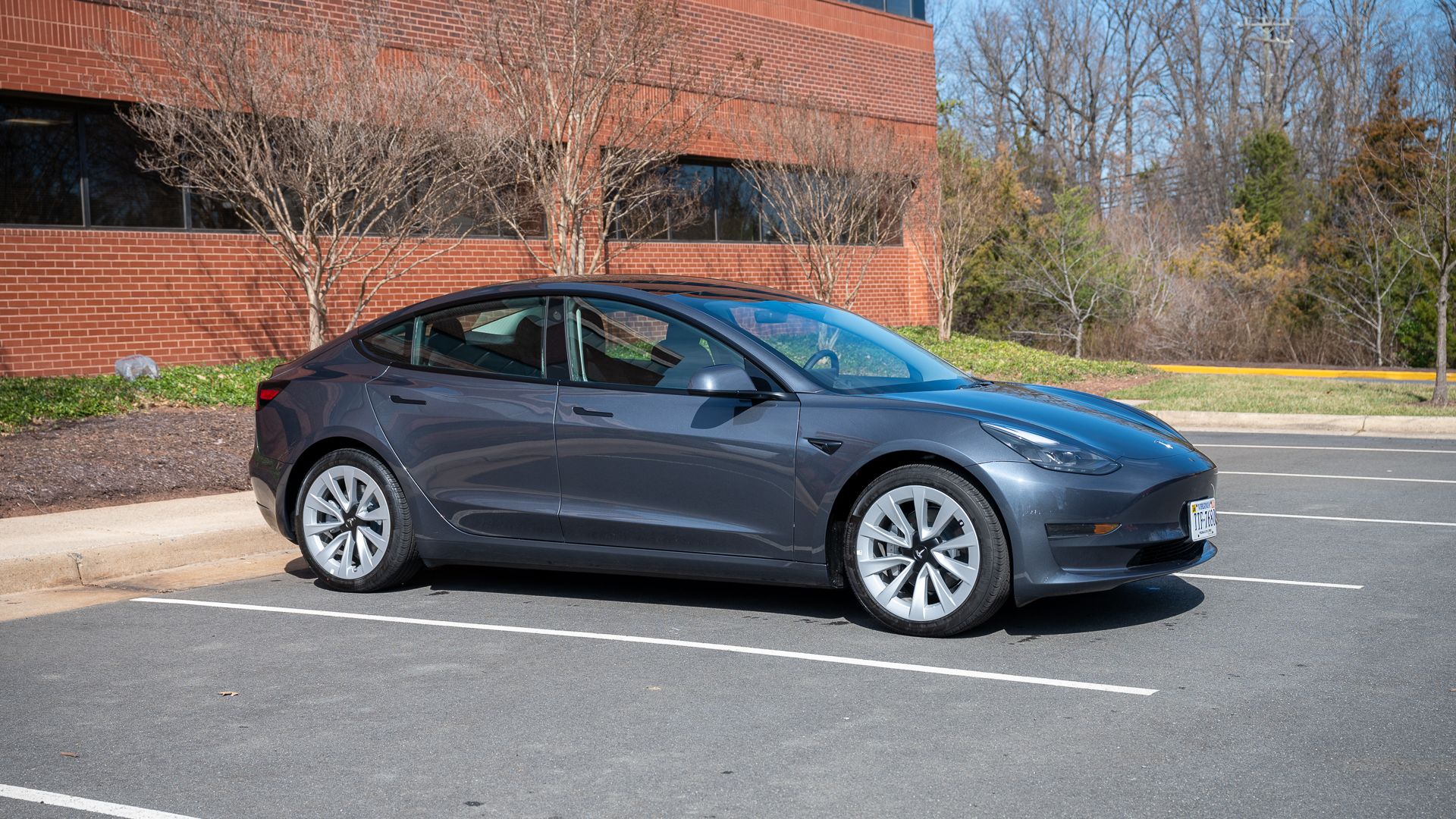
Demystifying Electric Vehicle Terms and Acronyms

Discover the ultimate guide to electric vehicle terminology! Unravel the mysteries behind BEV, MPGe, NACS, and more Get ready to navigate the world of EVs with ease!
Understanding everything about cars and their components, terminology, and repair language can be challenging, even for those with mechanical expertise. With the rising popularity of electric vehicles, there is a whole new set of phrases, abbreviations, and more that it is beneficial to familiarize yourself with.
While cars usually come with an owner's manual, if you are looking for quick definitions of commonly used terms specific to electric vehicles, you can rely on our EV glossary. Here, we cover more than just the standard horsepower, torque, or watt measurements. Instead, we will explain what classifies a vehicle as a PHEV, the meaning of EVSP or MPGe, and even delve into the world of CHAdeMO.
Common EV Terms
Tyler Hayes
Firstly, there are several common classifications for EVs that you will encounter when shopping for a new vehicle at a dealership. Familiarizing yourself with these terms can help you make an informed decision between an EV and a hybrid, understand the distinctions between various features, and consider alternative options. Later on, we will delve into charging and discuss other acronyms.
EV (Electric vehicle): This encompasses all vehicles that are powered by electric motors or electricity.
ICE (Internal Combustion Engine): A vehicle equipped with a conventional oil engine that operates on gasoline, diesel fuel, and other similar fuels.
HEV (Hybrid): A dual-system vehicle incorporating an electric platform and an ICE to enhance its range or performance while having the capability to self-recharge.
PHEV (Plug-in hybrid electric vehicle): This model, like a hybrid, incorporates a larger battery and electric system and can be charged by plugging into a charger. PHEVs usually have the ability to operate solely on electric power and provide a greater driving range compared to traditional hybrids.
FCEV (Fuel cell electric vehicle): In contrast to using fossil fuels, FCEVs utilize hydrogen to power their battery and operate.
MHEV (Mild hybrid electric vehicle), also referred to as a BAHV (battery-assisted hybrid vehicle), is a conventional ICE vehicle equipped with a compact electric motor or system to enhance start/stop efficiency and boost torque. However, it is incapable of operating solely on the battery.
Regenerative braking is a feature found in EVs that allows the capture and storage of energy produced when braking or decelerating by running the electric motors in reverse. This energy is then used to charge the vehicle's battery.
ZEV (Zero-emission vehicle): Refers to automobiles that do not produce any pollutants or emissions.
Frunk (front trunk): Since electric vehicles lack a gasoline engine in the front, they often feature a front trunk, also known as a frunk.
MPGe (Miles Per Gallon Equivalent) is a metric used to measure the distance an electric vehicle (EV) can travel on battery power compared to the fuel efficiency of a gasoline-powered vehicle. It is calculated by dividing the distance traveled in miles by the energy consumed in kilowatt-hours (kWh) equivalent to one gallon of gasoline. This measurement allows consumers to compare the efficiency of different EV models. For instance, if 1 MPGe is equal to 1 mile per 33.7 kWh battery, it means that the vehicle can travel 1 mile on the energy equivalent to one gallon of gasoline. In terms of efficiency, many Tesla models achieve impressive MPGe ratings exceeding 130, indicating their capability to cover considerable distances using limited energy resources.
Electric Vehicle Charging Terms
Tyler Hayes
The world of charging can be incredibly perplexing, with a multitude of options to consider. There are level 1, 2, and 3 chargers to navigate, along with DC fast-charging and various charging port types that vary across different brands and countries.
The SAE J1772, also known as a Type 1 connector, is a standard EV charging plug in North America for level 1 or level 2 charging speeds. It is commonly used with level 2 home chargers or in public for Non-Tesla EVs.
The CCS (Combined Charging System) is a combination connector that supports charging up to 350kW. It features a regular Type 1 J-plug above a set of faster DC charging pins and is widely used in the US and Europe. There are CCS Combo 1 or Combo 2 plugs available everywhere.
NACS (North American Charging Standard), also referred to as the Tesla charging standard or Tesla plug, is undergoing standardization as SAE J3400. This standardized format enables its usage with nearly any electric vehicle produced in North America, as other automakers are now adopting Tesla's plug. As a result, it is becoming a widely accepted universal standard.
CHAdeMO, on the other hand, is a charging port and cable designed specifically for rapid DC fast charging in Asia. While it shares similarities with a Type 2 plug, it utilizes different connectors compared to the CCS combo. Additionally, it is widely recognized as "JEVS G105-1993".
ChaoJi: An innovative charging connector, ChaoJi, promises astounding ultra-fast charging capability of up to 900kW. Its main objective is to replace both the CHAdeMO and China's GB/T plug, all the while ensuring backward compatibility.
Mennekes: Mennekes, a widely utilized charging port in Europe, boasts a Type 2 design enabling efficient charging of up to 250kW.
Bidirectional charging refers to the ability of electric vehicles to export electricity from their battery pack through 120-volt or 240-volt outlets. This power can then be shared with various entities such as homes, other vehicles, tools, and lights. This feature is also known as power-out, V2H (vehicle to home), V2C (vehicle to car), V2L (vehicle to load), or V2G (vehicle to grid). It enables electric vehicles to provide power to homes during emergencies.
The OBC, or on-board charger, is responsible for converting alternating current to direct current in order to charge an electric vehicle's batteries. Fast-charging stations do not require the use of an EV's OBC as they already provide direct current for charging purposes.
Battery Cell: The lithium-ion battery cell or unit is commonly referred to as a battery cell.
Battery Module: A battery module consists of a group of battery cells housed within a larger pack. This arrangement facilitates various aspects including overall electrical configurations, weight distribution, design considerations, and more.
Battery Pack: The EV battery system's ultimate form and configuration encompassing cells, modules, management systems, cooling, and other components.
wBMS (Wireless battery management system): A wireless system that harmonizes chemistry within each battery cell group to ensure optimum performance, conducts battery health tests/checks, and oversees overall battery management.
kW (Kilowatts) is the fundamental unit used to measure the power generated by an EV's batteries. It is equivalent to 1,000 watts.
kWh (Kilowatt hours) measures the energy capacity of an EV and indicates the overall amount of kW it can supply, either over a given period or within an hour.
Other EV Terms and Acronyms
Justin Duino
There are numerous terms and acronyms commonly used to refer to the purchase or charging of electric vehicles (EVs). However, there are many other terms and acronyms that also exist. These encompass various systems, control modules, cooling and heating pipes, and more, all of which contribute to the overall electric vehicle experience we are familiar with today. Many of these components and features differentiate electric vehicles from traditional internal combustion engine (ICE) vehicles. Here are a few additional terms you may come across:
EVSE (Electric vehicle supply equipment): This encompasses the infrastructure and equipment necessary to safely supply power to electric vehicles. It includes cables, connectors, and charging locations.
EVSP (Electric vehicle service provider): EVSPs oversee and oversee the complete service dimension of electric vehicles. This encompasses the charging sites, backend software, communication channels, and all other tasks that a provider would handle.
Reducer: Operative akin to a transmission in an internal combustion engine vehicle, the reducer transforms the electric motor's power and torque to optimize performance.
WLTP is a globally recognized and modern standard utilized to measure the levels of pollutants, emissions, and fuel usage in both traditional and hybrid/electric vehicles under real-life conditions.
The BMS, also known as the battery management system, performs functions such as overseeing input/output, monitoring temperatures, and maintaining the overall wellbeing of the electric vehicle battery.
Battery Heating System (BHS) - Ensures the battery maintains optimal temperatures for safe operation in cold weather conditions.
Onboard Diagnostics 2 (OBD2) - OBD2 enables vehicles to self-diagnose and report any issues detected. Through built-in sensors, alerts like the check engine light (CEL) are triggered to facilitate the identification of problems. OBD2 has superseded OBD1 and serves as the main method to record and access vehicle data, retrieve real-time diagnostics, and monitor various systems in both traditional internal combustion engine (ICE) vehicles, electric vehicles (EVs), and more.
Having familiarized yourself with a range of EV terms and acronyms, including some lesser-known ones, you will now be well-equipped when visiting a dealership to purchase a new vehicle. Enhance your confidence in conversing with fellow EV owners, searching for specific specifications and features, and navigating your brand-new and pristine car.
Editor's P/S
As a Gen Z fan, I am very excited about the rise of electric vehicles (EVs). I believe that EVs are the future of transportation, and I am eager to see them become more mainstream.
I think that the terminology and acronyms associated with EVs can be confusing, but I am glad that there are resources available to help people understand them. I believe that it is important to be informed about EVs and their terminology, so that we can make informed decisions about our transportation choices.
Overall, I am very positive about EVs and their potential to make our world a cleaner and more sustainable place.









